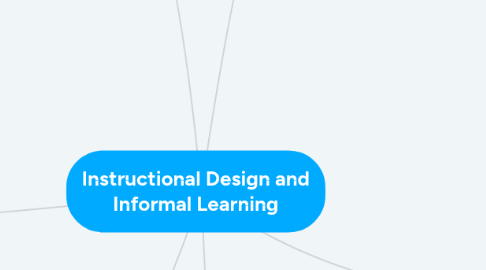
1. Understanding
1.1. I also am interesting to know how changing the way information is presented would change the students level of understanding? And relating this information back to the articles, if different instructional design models would at all affect the level of understanding?- Casey
1.2. “What is difficult for many teachers to see (but easier for students to feel!) is that, without such explicit and transparent priorities, many students find day-to-day work confusing and frustrating.” - Caitlin
1.3. One question that was consistently on my mind throughout these chapters was who the majority of the burden of responsibility is on- the teacher or the student- Rayna
1.4. Does it mean that if a student does not achieve one of the facets, he/she is not fully understanding?- Armando
1.5. I wonder, how much of an emphasis there is for teachers to cultivate understanding, or do you sometimes just have to consider any transfer of knowledge a win? - Brittany
2. Other
2.1. Sandy: It is important for me as a student that the instructor make the implicit explicit and very explicit - Sandy
2.2. What can Georgetown University do to improve the quality of learning and teaching in its classrooms?- Rebecca
3. Collaboration/Cooperation
3.1. How can we be the most efficient/effective designers in a field in which we are not subject matter expert?...On the McGraw-Hill academic design team, we worked with instructional designers and subject matter experts. Is this a typical partnership in an instructional design situation?- Amanda
4. Informal Learning
4.1. Should reflections be a common occurrence in the workplace? If so, how would that look like in practice? It would be difficult to have a “safe space” for reflections due to bureaucracy and politics in most organizations compared to education.- Jasmine
4.1.1. And I wonder if this fear is particularly relevant for women, given that we are more vulnerable to fall into the perfection trap, likely not only internally, where we are more likely to self-blame and stew over failure, but also externally in faculty and work-reward systems, where women’s mistakes are viewed as just that, and men’s mistakes are viewed as brave risks… (How Women Rise by Sally Helgesen)- Caitlin
4.2. This also makes me wonder has it been decided what learning we do now and what learning is saved for on-the-job experiences?- Amanda
4.3. As informal learning is such an intertwined and inherent part of the instructional design field, can and should informal learning be somehow structuralized in the corporate world or higher ed.? What would that look like? If it were structured, would it have the same benefits if it weren’t ‘organized’?”- Mark
4.4. When we know when we’re learning?- Brittany
5. Design
5.1. To some extent true teachers motivate students to think beyond the curriculum and invite them to become naturally curious about the subject matters they are studying. What is the best way to design with those ends in mind?- Camron
5.2. Is it possible to challenge all of the students in the class, when the students enter with different levels of understanding the material? Does the “big idea” at the core of the curriculum alleviate this, because all of the students, regardless of level, are working toward a complex challenge (Wiggins and McTighe, 67).- Meredith
5.2.1. How should we cope with those differences (various levels of learners in one class) by using the backward process?- Armando
5.2.2. Is there a universal design that works for all learners qua learners? Is all learning context bound?- Rachel
5.2.2.1. In which contexts are certain learning/learning design approaches most useful and effective?- Bre'Ana

